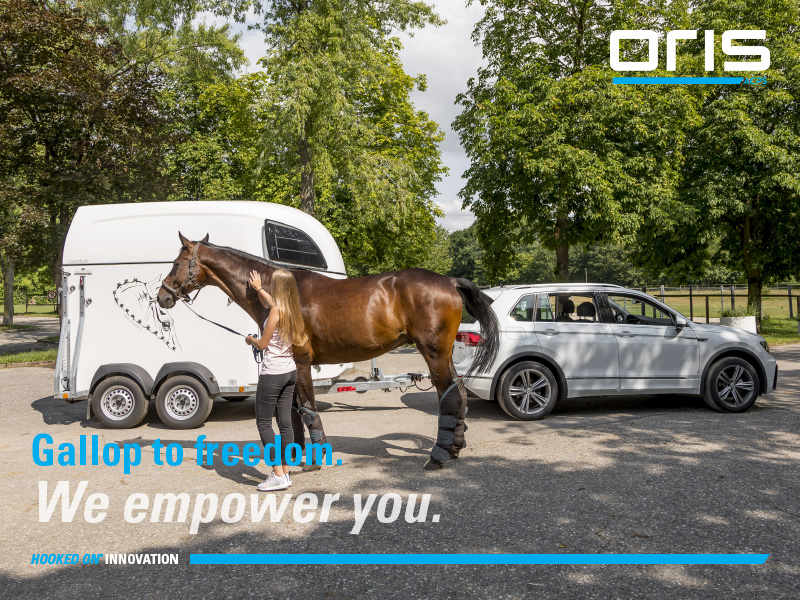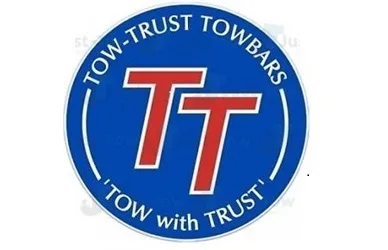Towing a Horse Box: Essential Guide for Safe and Legal Transportation
Towing a horse box, or trailer, is a critical task that involves transporting valuable and often sensitive cargo. This guide will provide a comprehensive overview of the key considerations and steps for safely and legally towing a horse box.
Understanding Horse Boxes
A horse box, also known as a horse trailer, is designed to transport horses comfortably and safely. They come in various sizes and configurations, accommodating different numbers of horses and offering various amenities. Key features often include:
- Ventilation: Ensures proper airflow to keep horses cool and reduce stress.
- Suspension: Provides a smooth ride, minimizing discomfort for the horses.
- Partitions: Separates horses to prevent injuries during transport.
- Access Doors: For easy entry and exit.
Legal Requirements
1. Licensing:
- In many countries, including the UK and the US, specific licensing is required to tow a trailer above certain weights. Ensure you have the appropriate category on your driving license.
2. Trailer Weight and Size:
- The weight of the loaded horse box must not exceed the towing capacity of the vehicle. Check the vehicle’s handbook or specifications for the maximum towing weight.
3. Insurance:
- Ensure your insurance policy covers towing a horse box. Specialized equine insurance might also be necessary to cover the horses during transport.
4. Brakes and Lights:
- Trailers above a specific weight typically require a braking system. Ensure all lights, including indicators and brake lights, are functioning correctly.
Preparation Before Towing
1. Vehicle Check:
- Ensure your towing vehicle is in good condition with adequate braking capability, power, and stability. The vehicle should be capable of handling the combined weight of the horse box and horses.
2. Trailer Inspection:
- Check the trailer’s tires for wear and proper inflation.
- Inspect the hitch for secure attachment and proper function.
- Ensure safety chains are connected correctly.
3. Horse Preparation:
- Train your horses to be comfortable in the trailer. Use familiar bedding and ensure they are hydrated before travel.
- Use protective gear like leg wraps and head bumpers to prevent injuries.
4. Loading the Horse:
- Load the heaviest horse on the side closest to the center of the road to ensure balance.
- Secure horses with appropriate ties, but allow some freedom of movement.
Towing Techniques
1. Driving Style:
- Drive smoothly and avoid sudden acceleration or braking to keep the horses calm and prevent injury.
- Use lower gears on inclines and declines to maintain control.
2. Turning and Reversing:
- Make wide turns to prevent the trailer from clipping curbs or obstacles.
- Practice reversing the trailer in a safe area to improve maneuverability skills.
3. Speed and Distance:
- Adhere to speed limits specific for vehicles towing trailers.
- Maintain a greater distance from the vehicle in front to allow for longer stopping distances.
4. Handling Emergencies:
- In case of a breakdown, pull over safely, and ensure horses are secure before calling for assistance.
- Have a plan for handling medical emergencies involving the horses.
Maintaining the Horse Box
1. Regular Servicing:
- Schedule regular maintenance for the trailer, including checks for rust, wear, and the condition of the brakes and lights.
2. Cleaning:
- Clean the trailer after each use to prevent the buildup of manure and urine, which can lead to corrosion and unpleasant odors.
3. Storage:
- Store the trailer in a dry, covered area to protect it from the elements and extend its lifespan.
Safety Tips
- Plan Your Route: Avoid steep inclines, sharp turns, and congested traffic areas if possible.
- Check Weather Conditions: Poor weather can affect road conditions and horse comfort.
- Carry Emergency Supplies: Include a first aid kit for both humans and horses, spare tires, and a jack.
- Stay Calm: Horses can sense stress, so maintaining a calm demeanor can help keep them relaxed.
Conclusion
Towing a horse box requires careful planning, knowledge of legal requirements, and a commitment to the safety of both the horses and the people involved. By following these guidelines, you can ensure a smooth and safe journey for your equine companions.
For more detailed information, consult local regulations and equine transport experts.
References:
- “Safe Horse Transport,” The British Horse Society.
- “Trailer Towing Rules and Regulations,” UK Government, Gov.uk.
- “Towing a Horse Trailer Safely,” AA (Automobile Association).
This guide aims to provide a comprehensive understanding of the essentials involved in towing a horse box. Whether you’re a seasoned equestrian or new to horse transport, adhering to these guidelines will help ensure the safety and comfort of your horses on the road.









